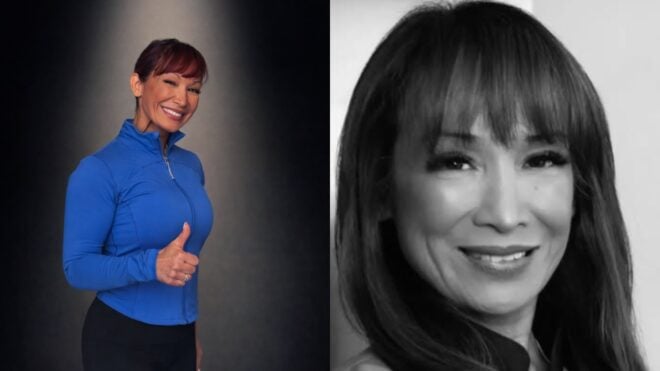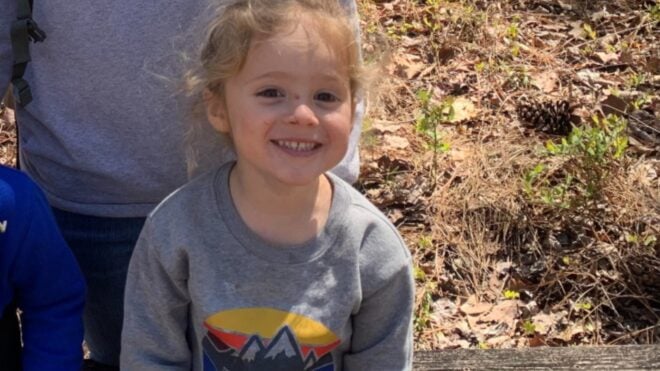History is no doubt fascinating, but sometimes it just feels so faraway and removed, it's hard to have a deeper reaction to learning about it.
And that's especially true when a culture or a way of life has been so drastically changed that today, many of us can't even imagine what life was like.
That's one of the reasons why filmmaker Paul Ratner was so fascinated to find a collection of color and colorized photos from the late 1800s and early 1900s, all showing various Native American people from across the continent.
Some were black-and-white photos that have been carefully painted over, and some were made using Kodachrome, the earliest color-film-processing technology.
Even in black-and-white, the images of Native American people are stunning, as we've seen with the photography of Edward Curtis. But in color, it's really like looking right back into history.
The photos below show people from a variety of Native American cultures across what is now the United States. Their heritage can be seen in their dress, but at the time these photos were taken, their ways of life were being actively oppressed, and, sadly, many of these traditions have been lost to time.
Luckily, we can still look back at these images and celebrate this incredible history.
[H/T: BoredPanda, Huffington Post]
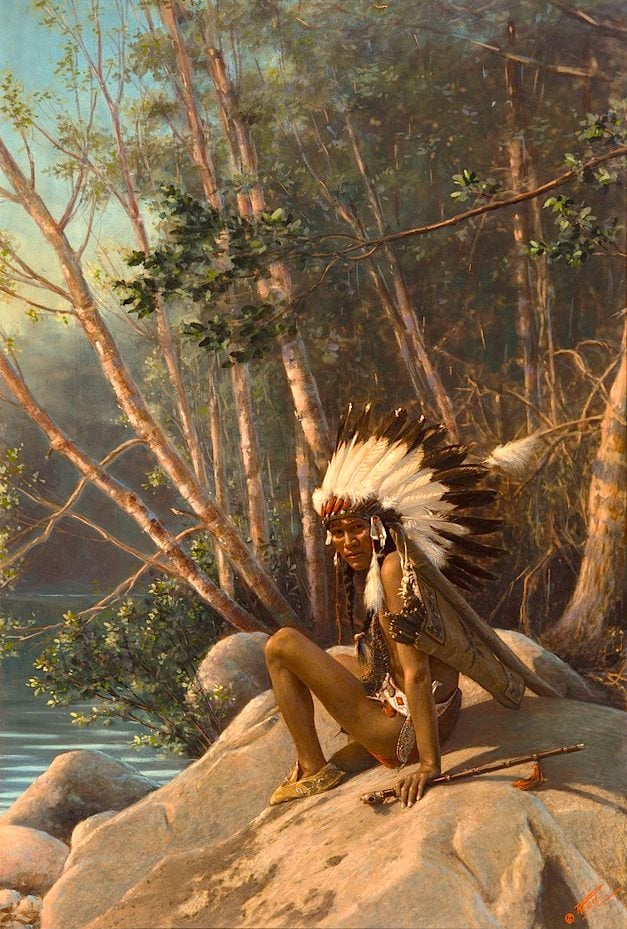
While doing research for his film Moses on the Mesa, filmmaker Paul Rather fell in love with old photos of Native Americans, and was amazed to discover that quite a number of them were in color.
Some, like this one from 1908 of a man named Ringing Bell, were black-and-white photos that had been hand-colored.
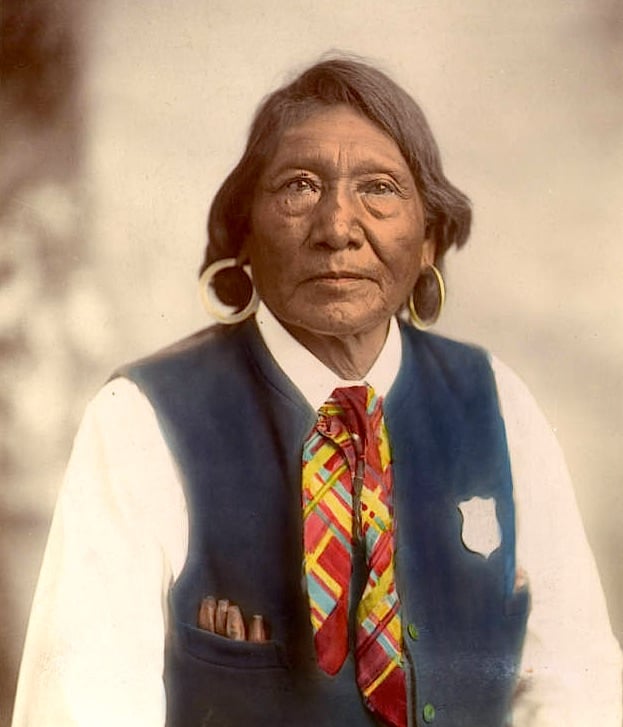
Handcoloring made the otherwise colorless photos come to life, and created a more accurate representation of the subject. This photo, taken in the 1870s or 1880s, shows the Ute Chief Ignacio.
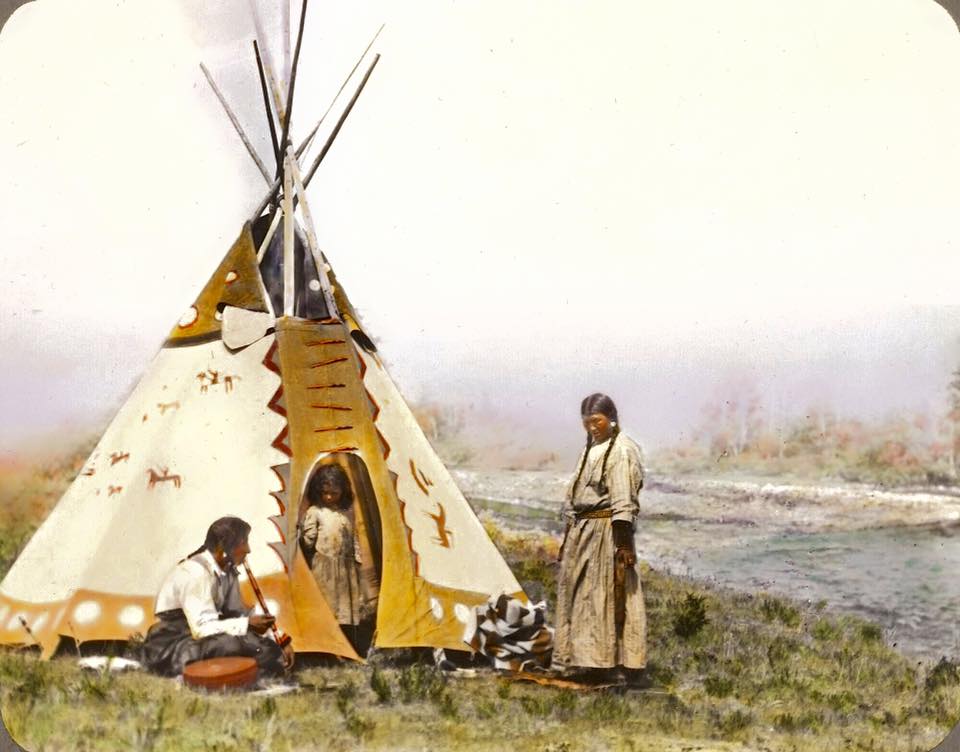
The photos range from formal seated portraits to "snapshots" of everyday life. This scene shows a family, Onesta, Nitana, and their daughter Yellow Mink, from the Siksika nation in southern Alberta, Canada, as they might have looked on any given day in the early 1900s.
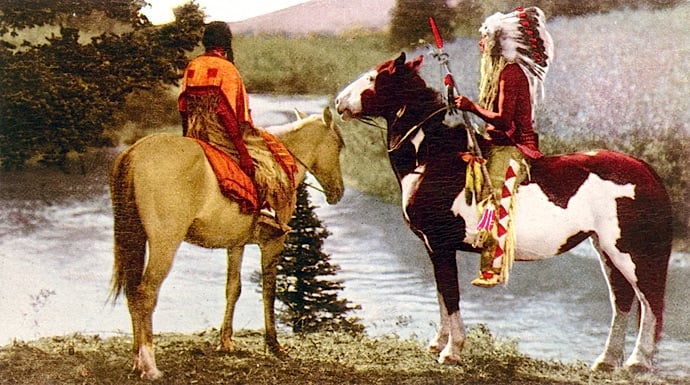
Also in the early 20th century, non-Native people living in Eastern cities were fascinated by the "exotic" cultures, and so many photographers cashed in on the interest by hiring Native Americans to model for picturesque scenes like this.
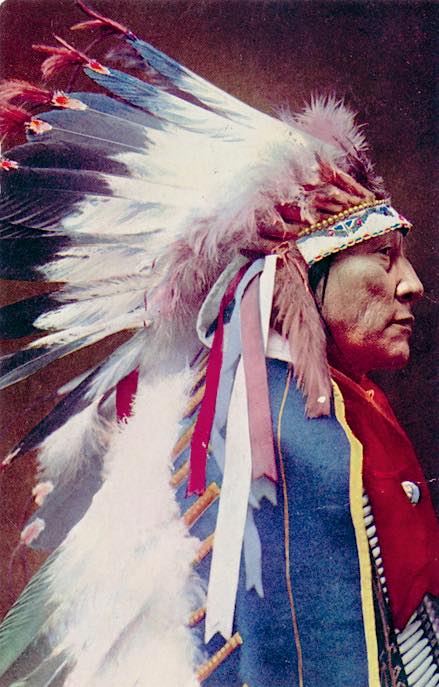
But the photos are also much more than that. They're a visual record of people who were facing the destruction of their cultures, and trying to cope with discrimination and oppression.
This portrait shows Chief Hollow Horn Bear of the Sicangu Lakota in 1905.
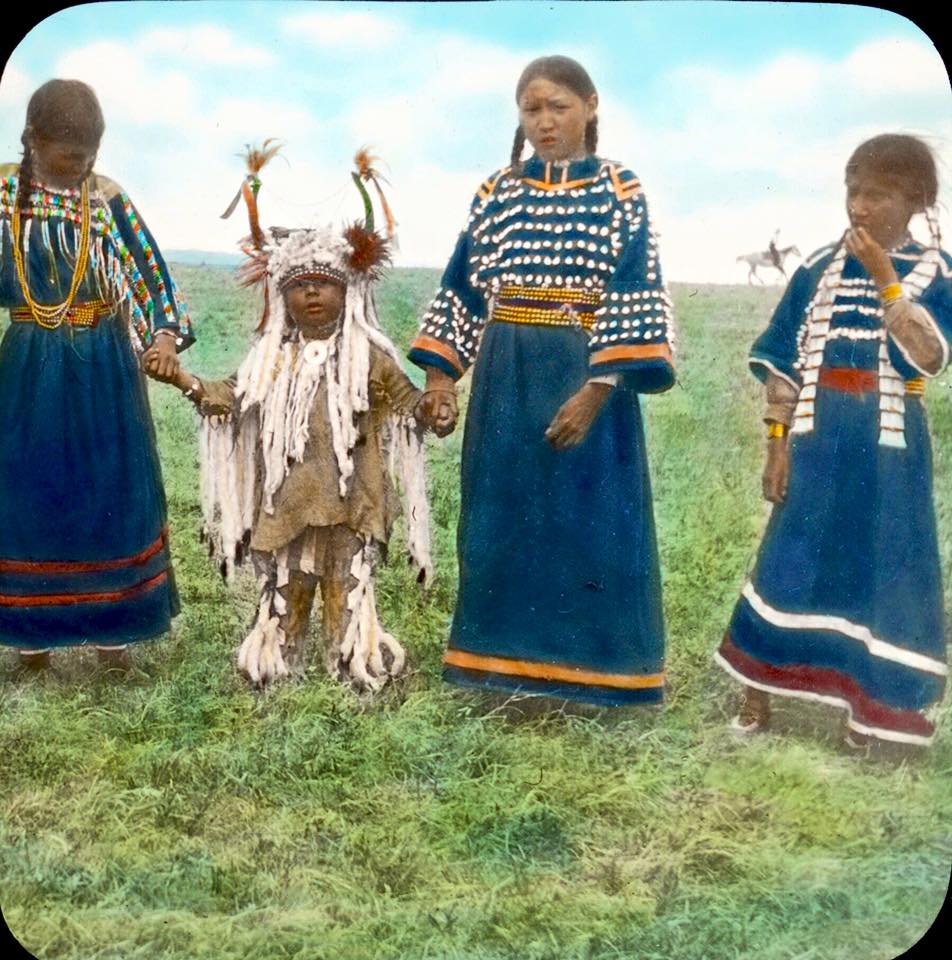
In each photo, you can see the unique customs, clothing, and style of the individual tribes. This photo is actually a glass lantern slide, a precursor to a projector slide.
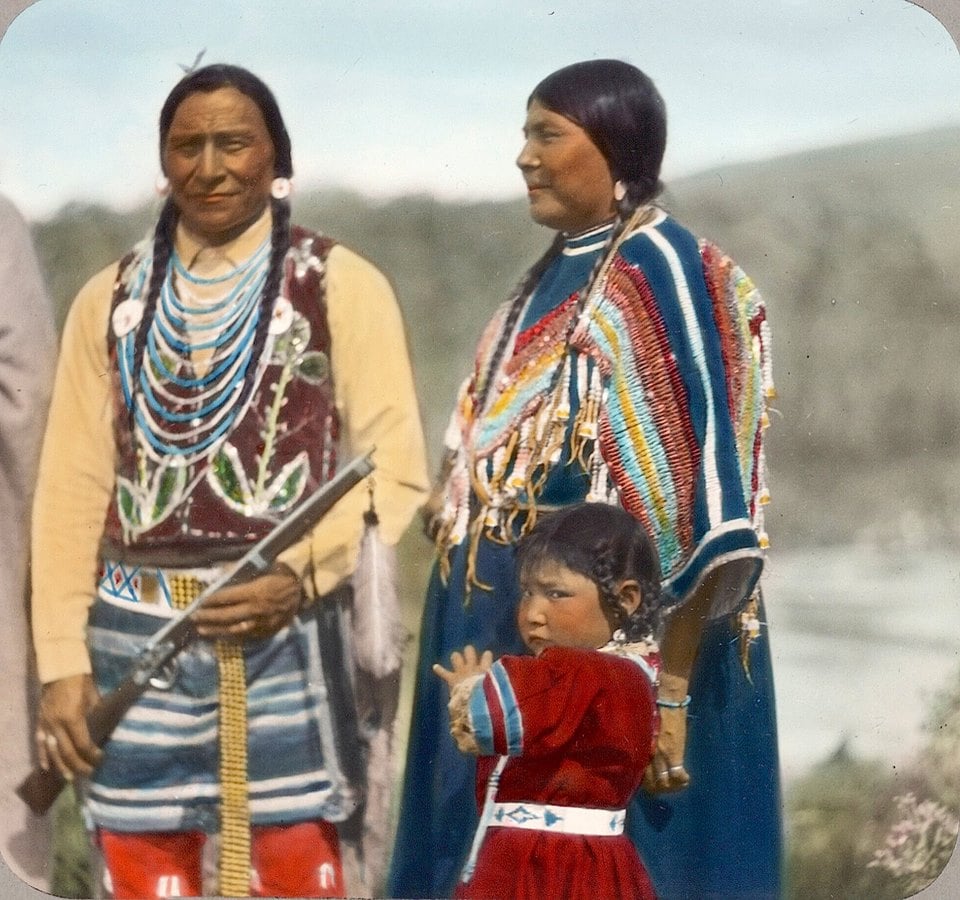
For Paul Ratner, whose film dealt with the interactions and relationships between Native Americans and white settlers, seeing these photos was both inspiring and saddening.
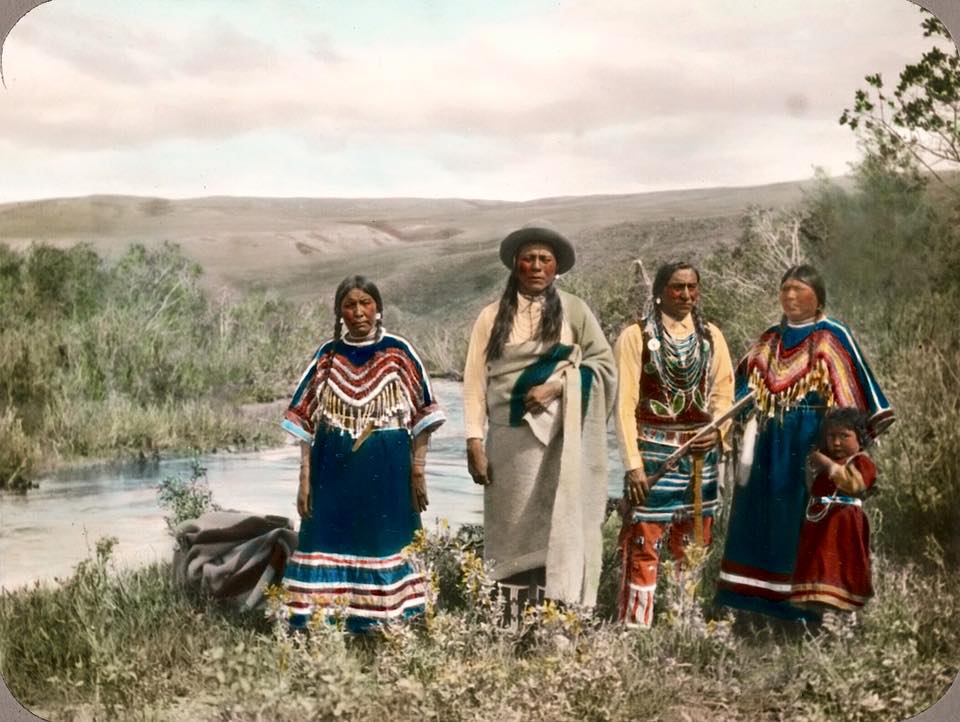
On the one hand, he was struck by the beauty and diversity of the cultures. But on the other, he was saddened by the knowledge that their traditional way of life was being steadily wiped out.
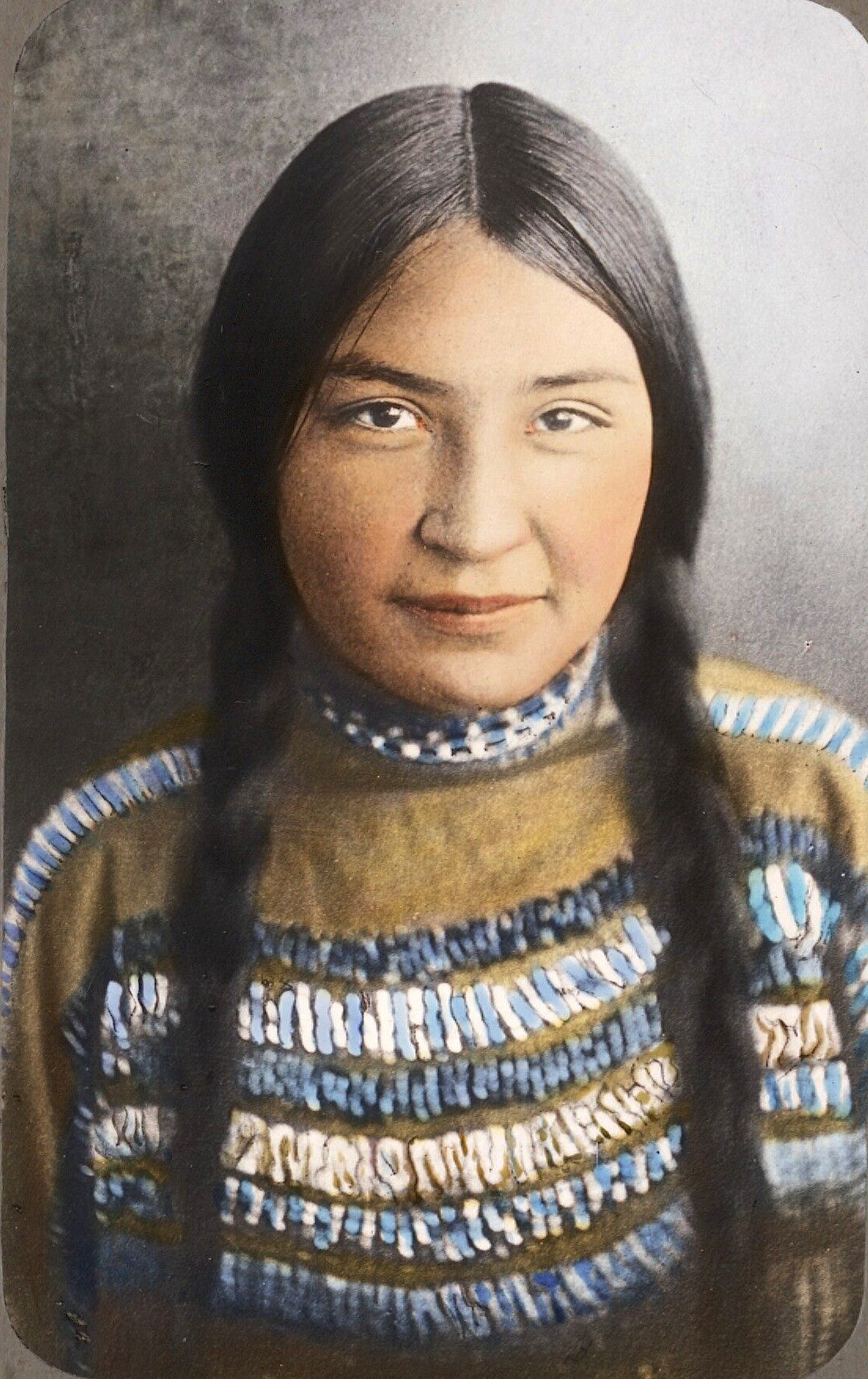
"It felt inconceivable that anyone would want to exterminate them from this continent as a conscious policy stretching over hundreds of years," he says. "It just seemed so barbaric and inhumane."
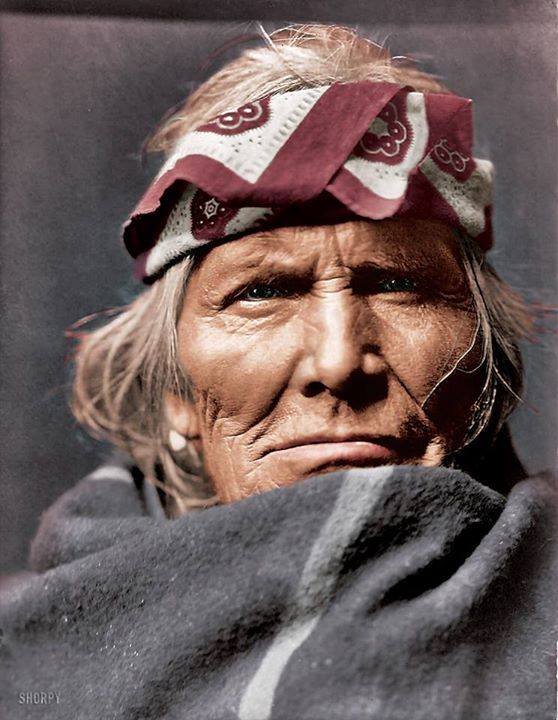
For many, these photos show a world that no longer exists. But they also serve as historical records that people today can use to study their own heritage as well as America's history.
This handcolored portrait shows Zuni elder Si Wa Wata Wa in 1903.
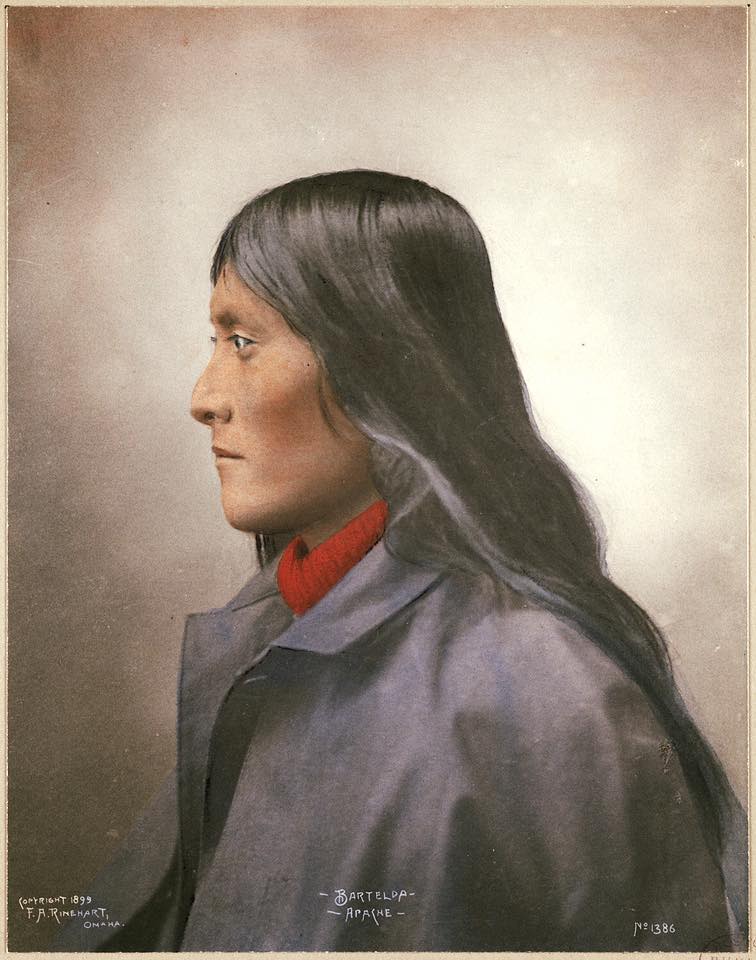
And while the photos are striking in black-and-white, the addition of color gives them a more lifelike look, and makes the people in them seem to jump across time.
This is a portrait of an Apache man named Bartelda in 1898.
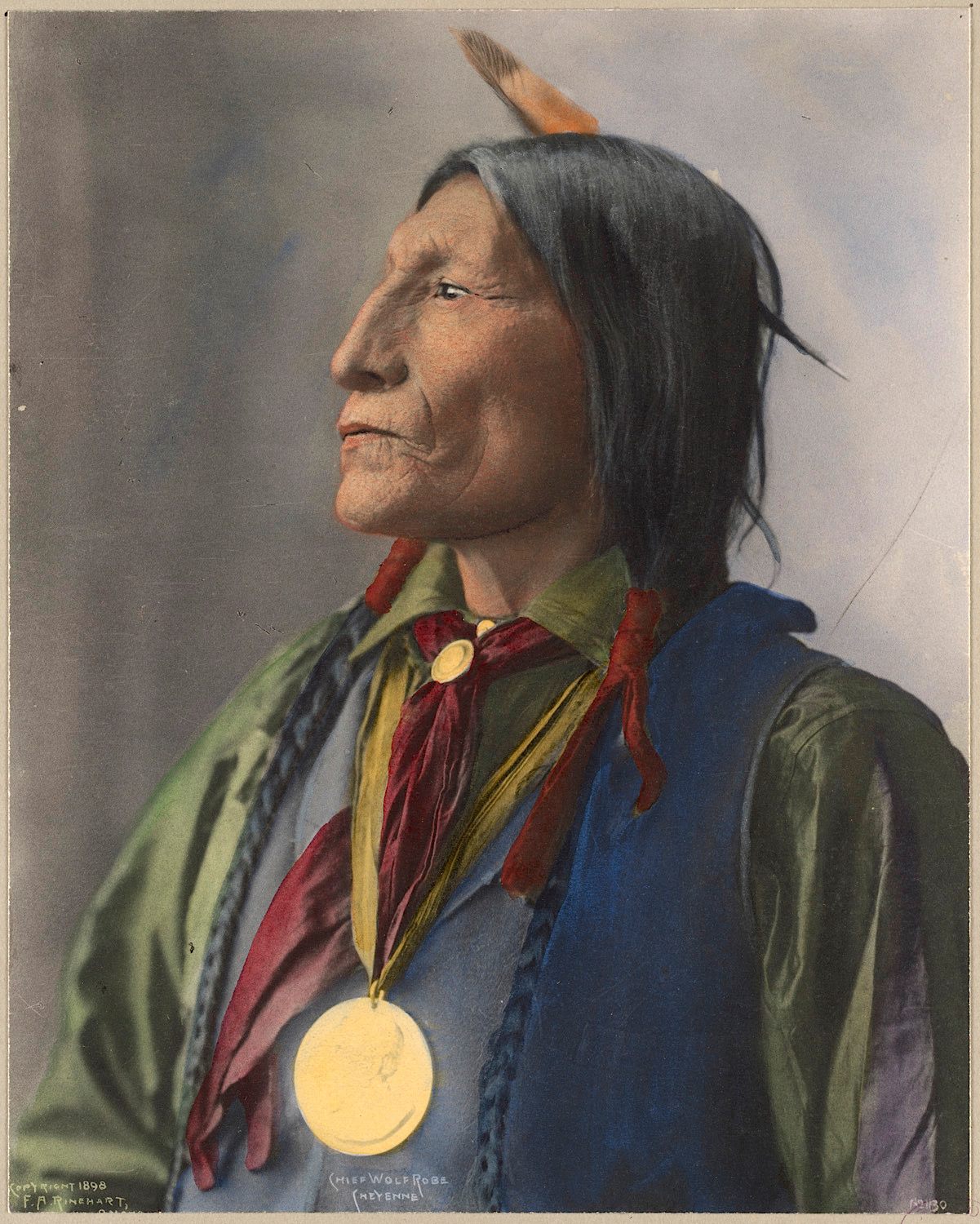
The photos preserve not only the traditions and histories of the groups, but also the stories and names of the individuals, like Chief Wolf Robe of the Cheyenne, photographed in 1898.
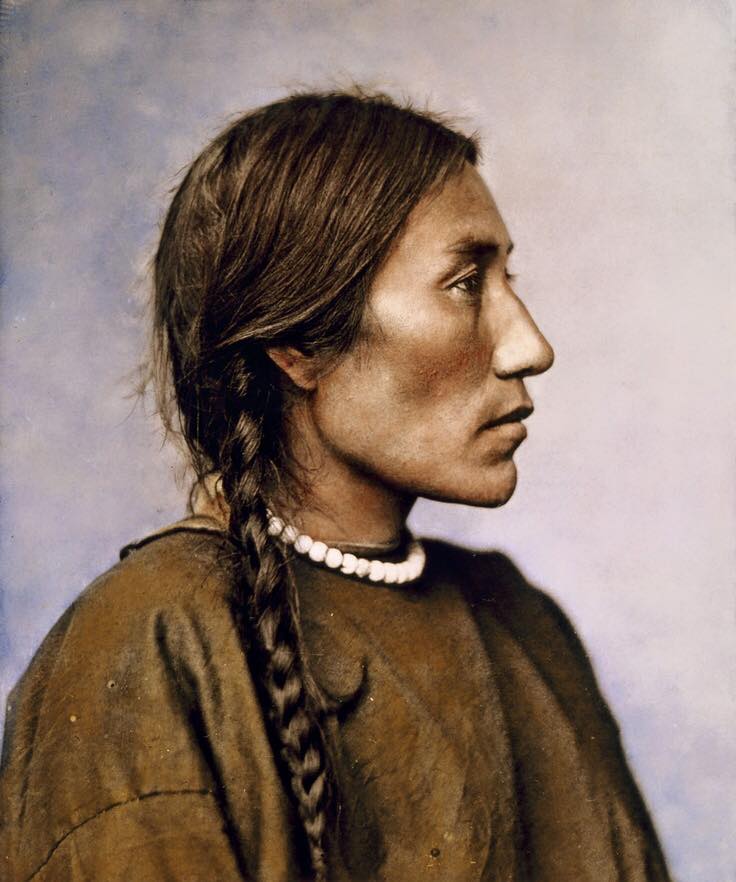
Some of the sitters even have some pretty shocking stories. This woman was allegedly known as Mrs. Bad Gun, so named because she avenged her husband's murder by killing his four assailants with a rifle.
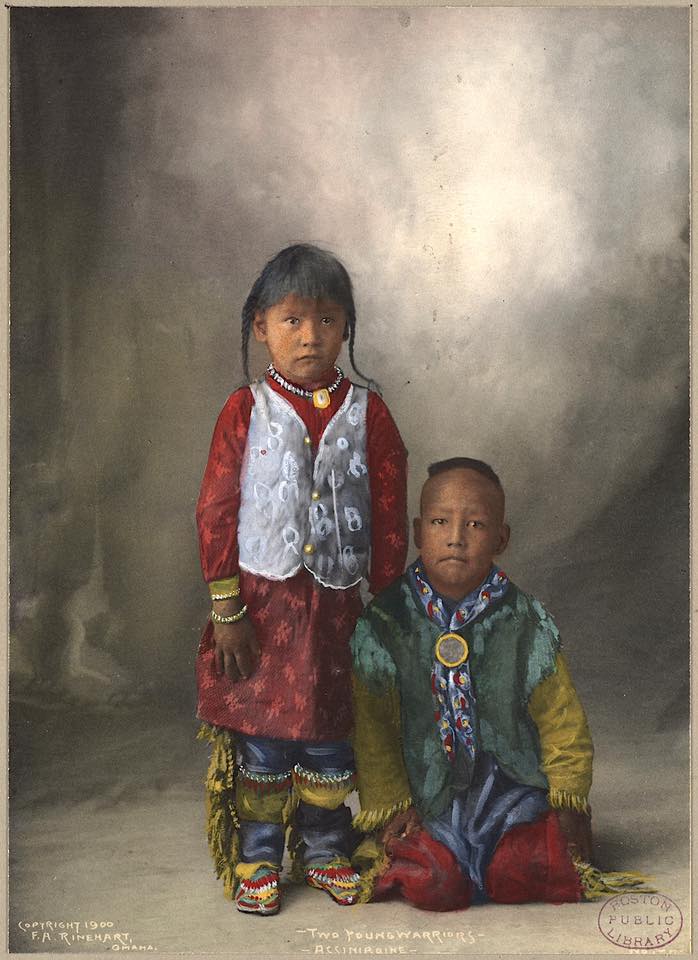
Ratner says that coloring in black-and-white photos was an art form in itself, and that it helps us connect better to history.
"Many of the colorized photos exhibit true talent, which preserved for us the truer likeness of the people many a hundred years ago thought were vanishing," he says.
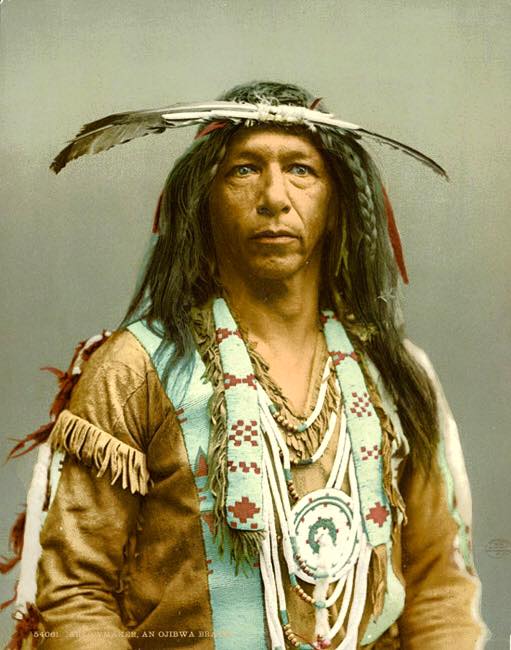
It makes people who lived over a century ago seem like people we know, who are ready to tell us their stories, like this Ojibwe arrow-maker in 1903.
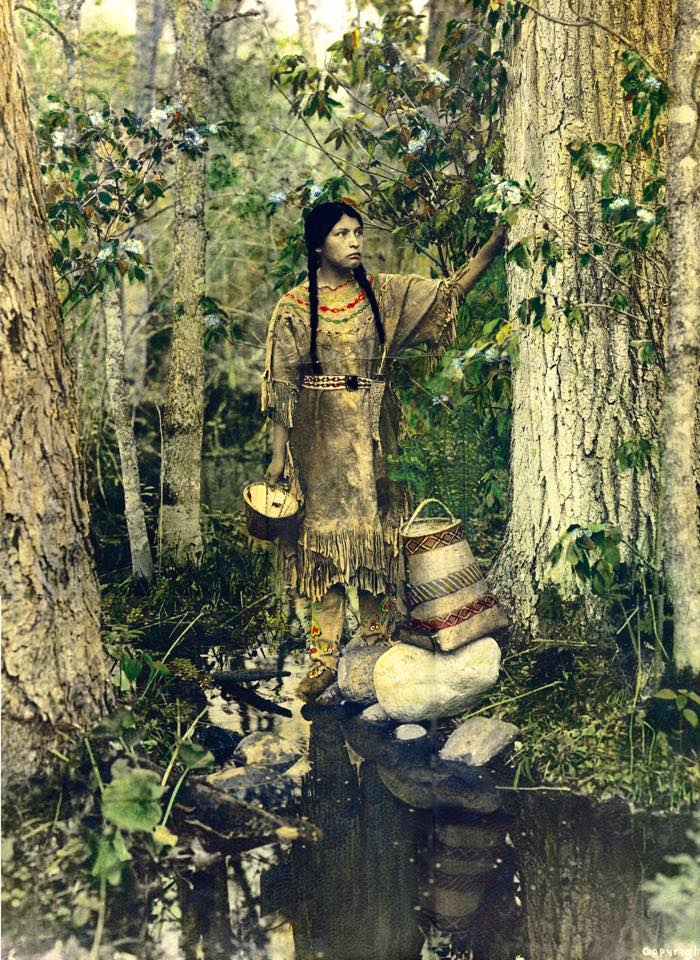
You can see many, many more photos, both in color and black-and-white, on Facebook, and take a peek into the histories of an often-forgotten group of people, like this young Ojibwe woman named She Who Travels in the Sky. And be sure to SHARE these gorgeous images with everyone you know!

